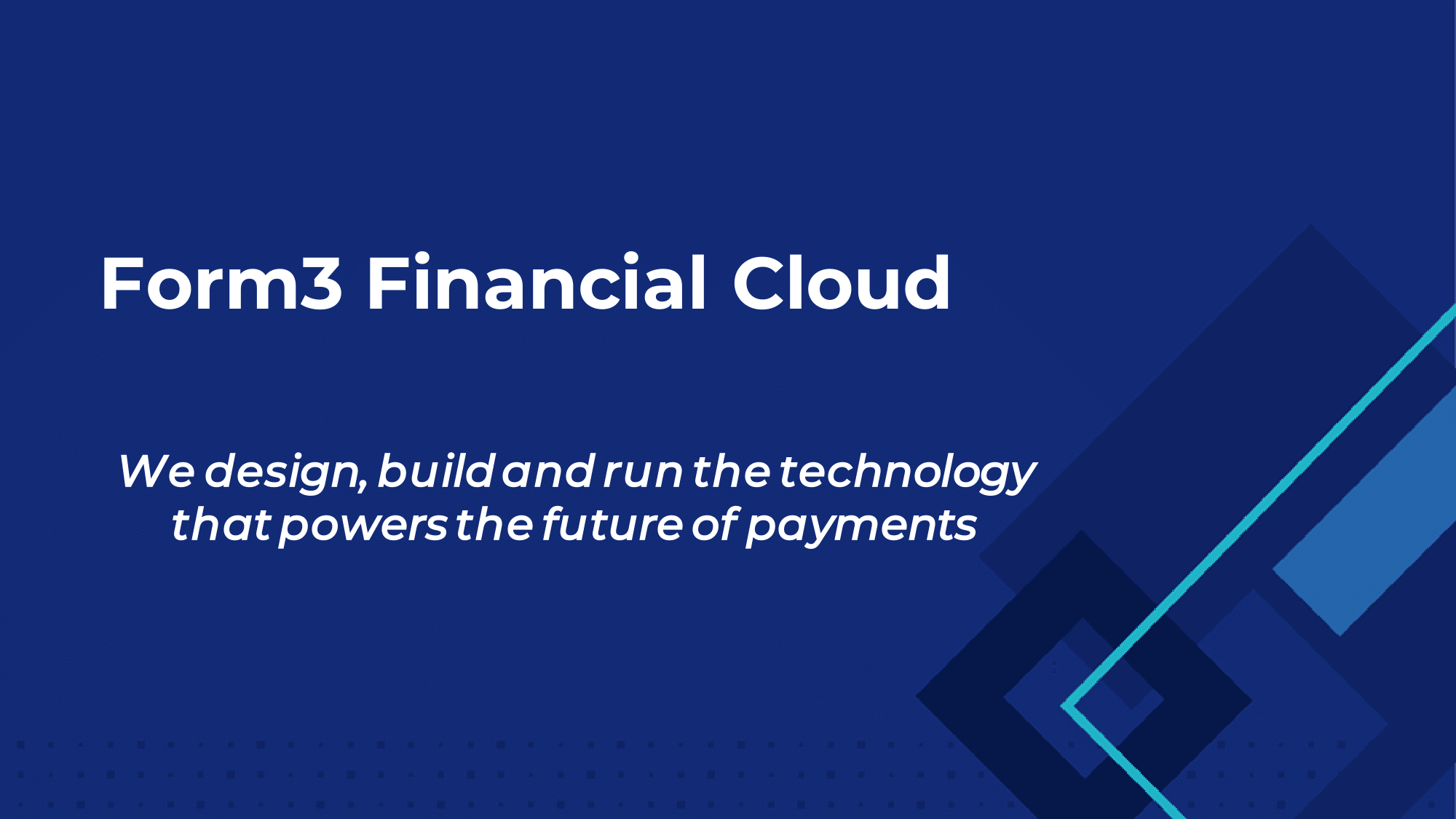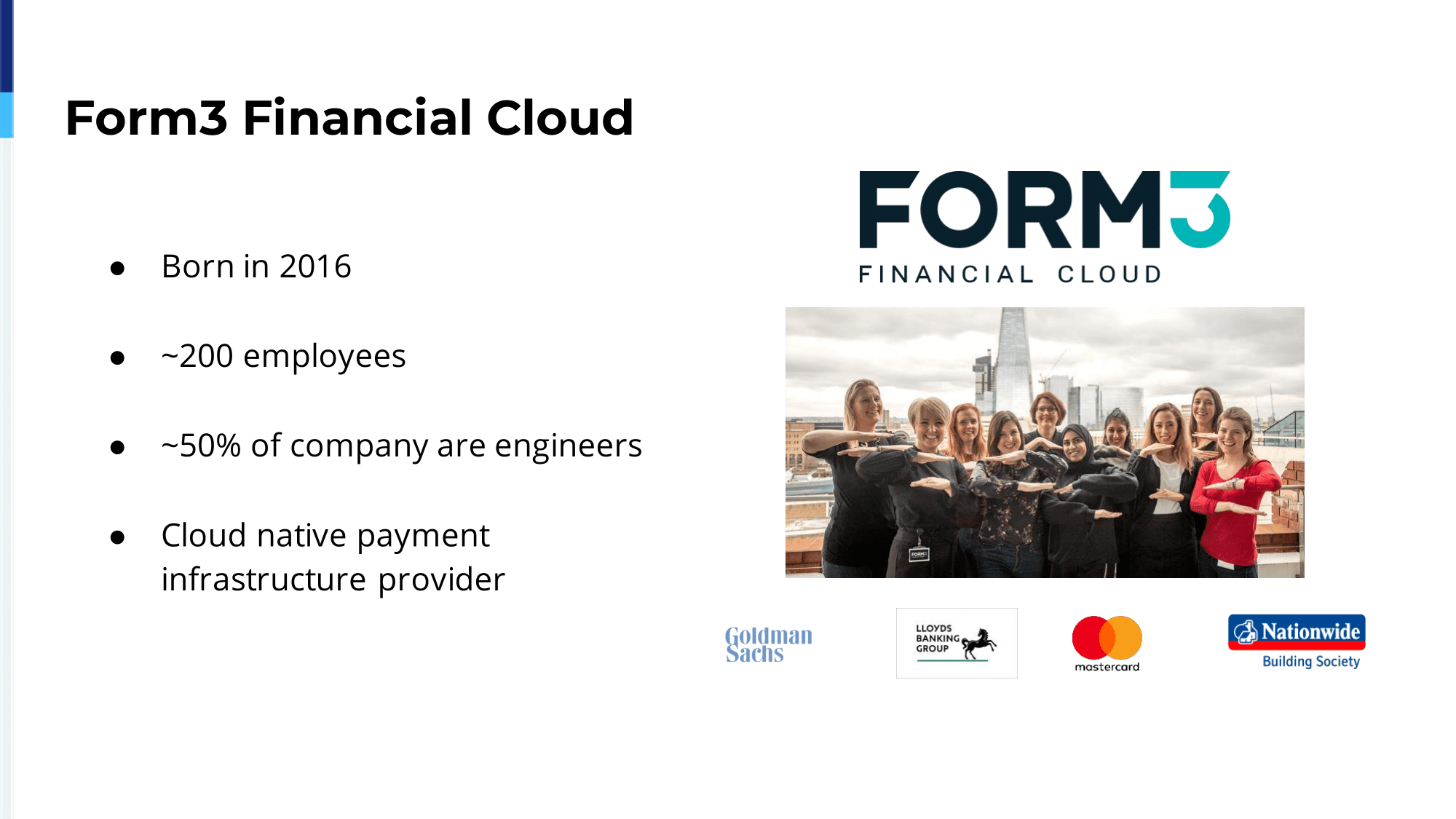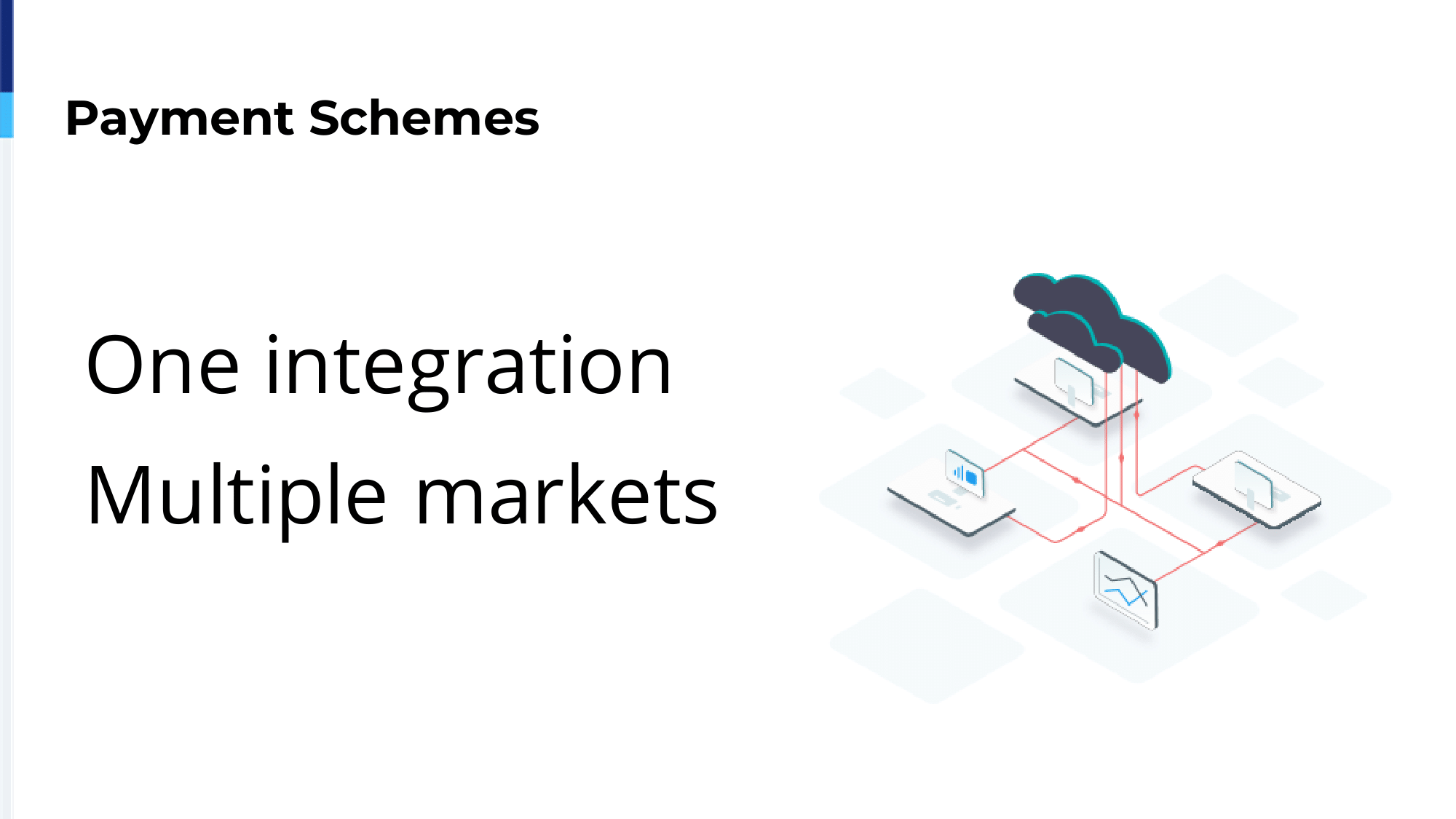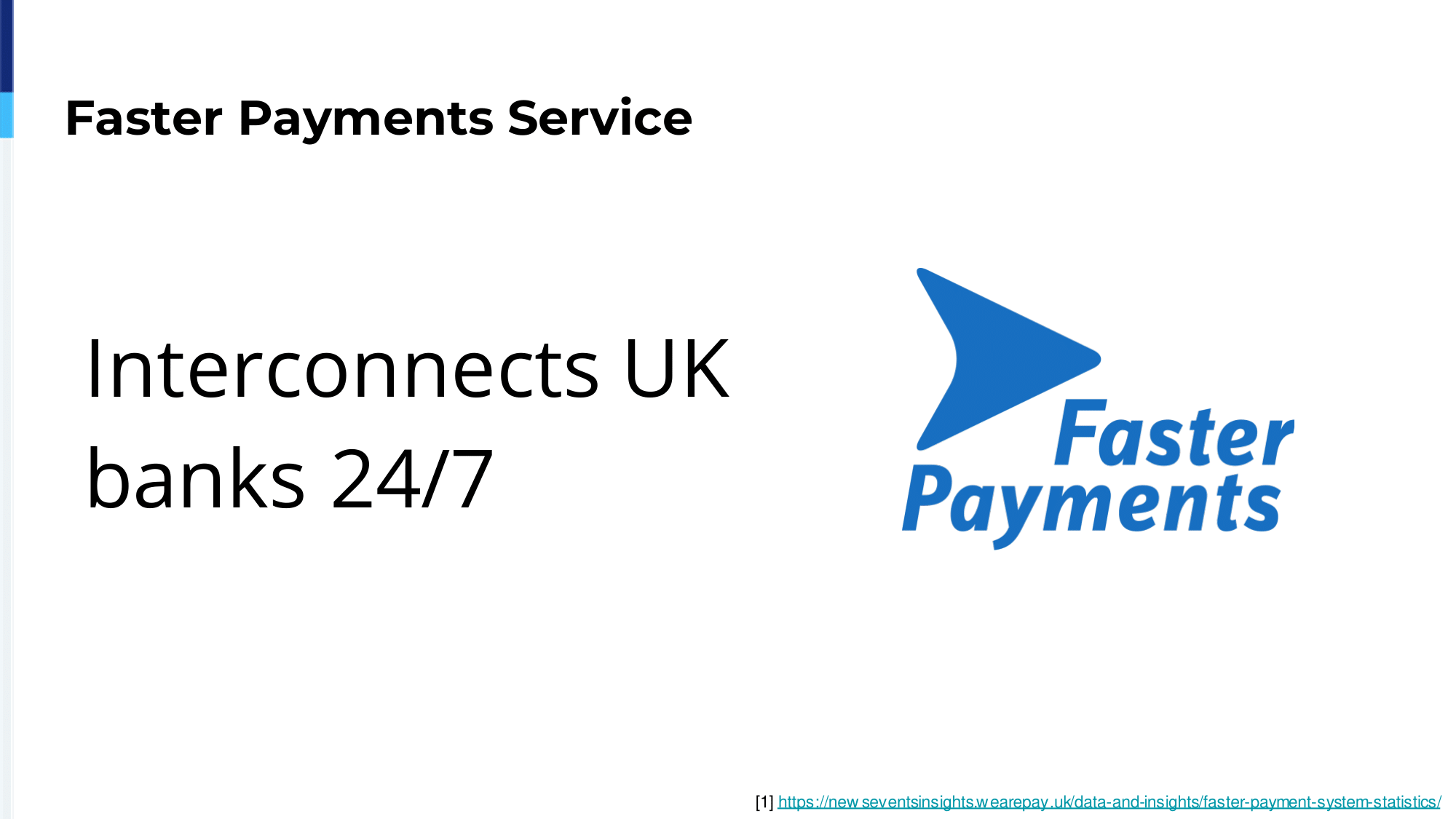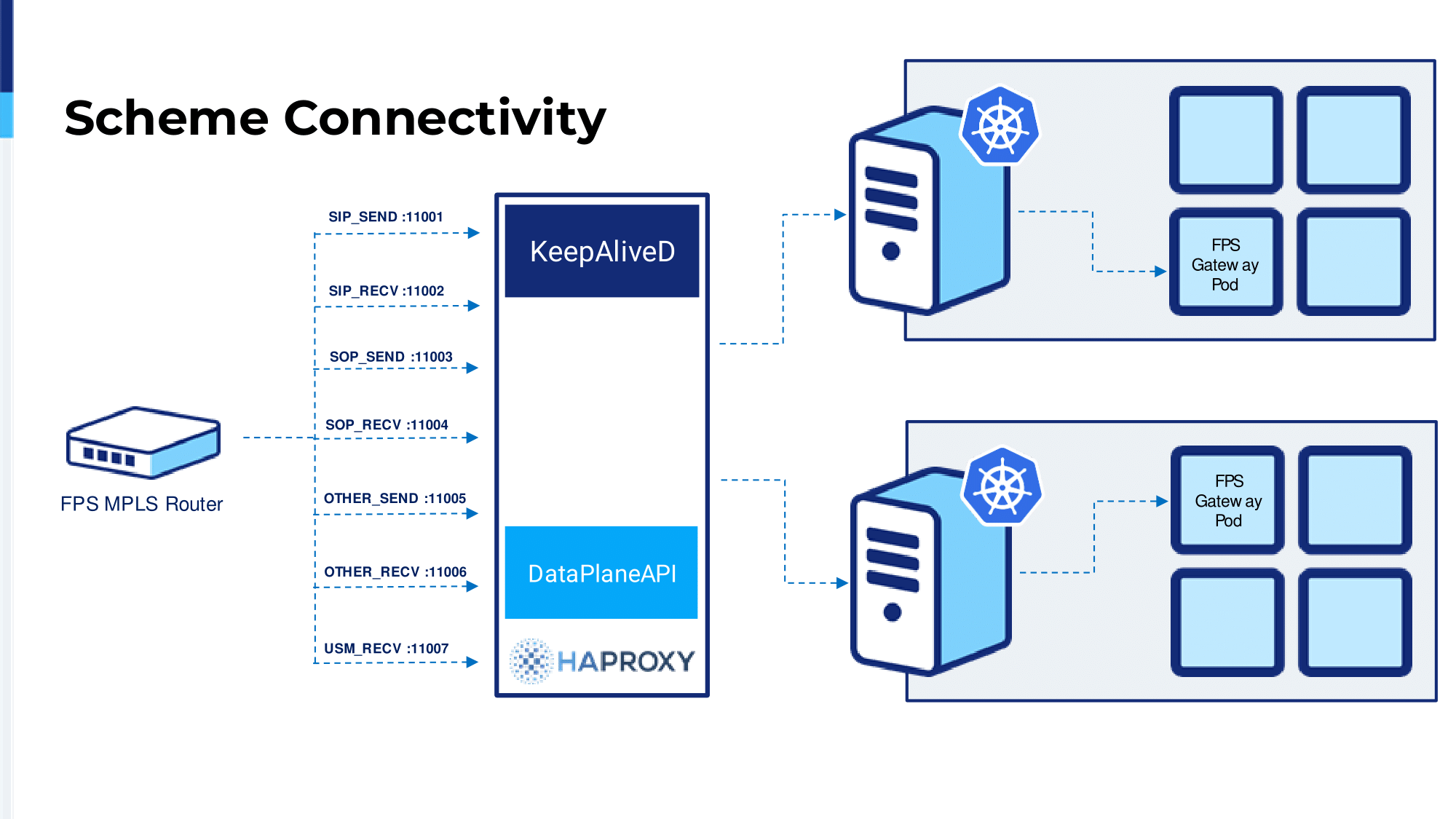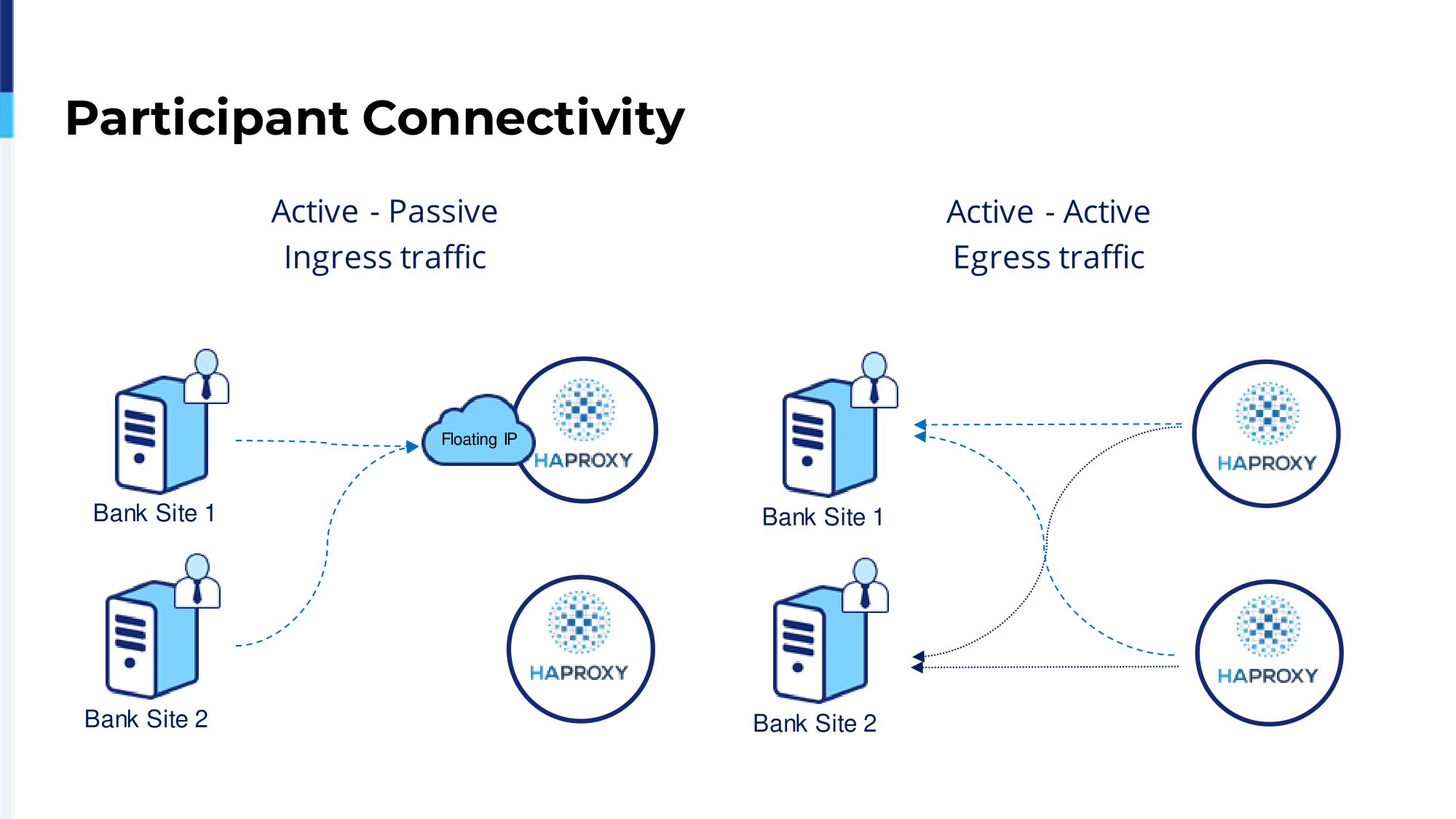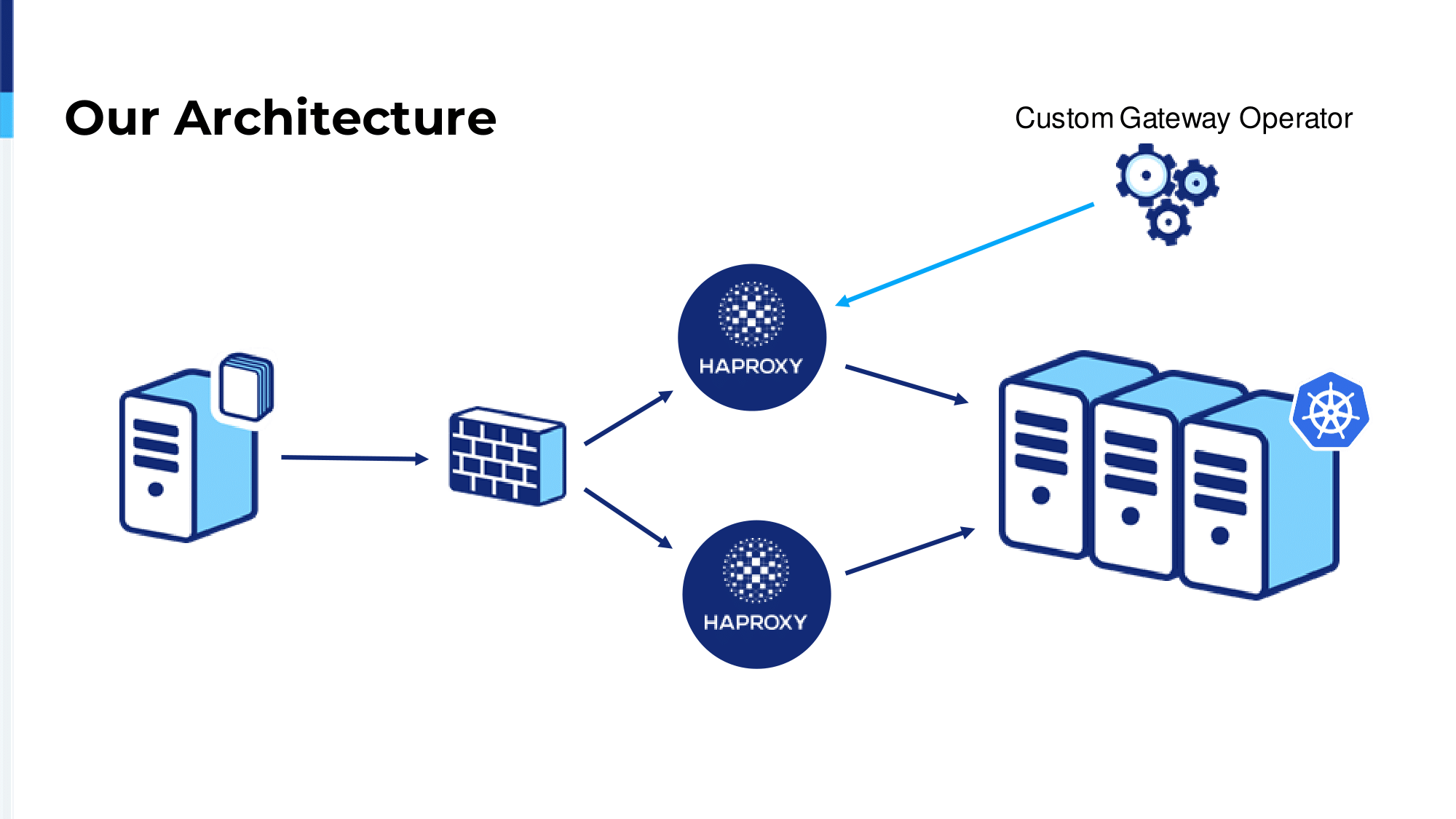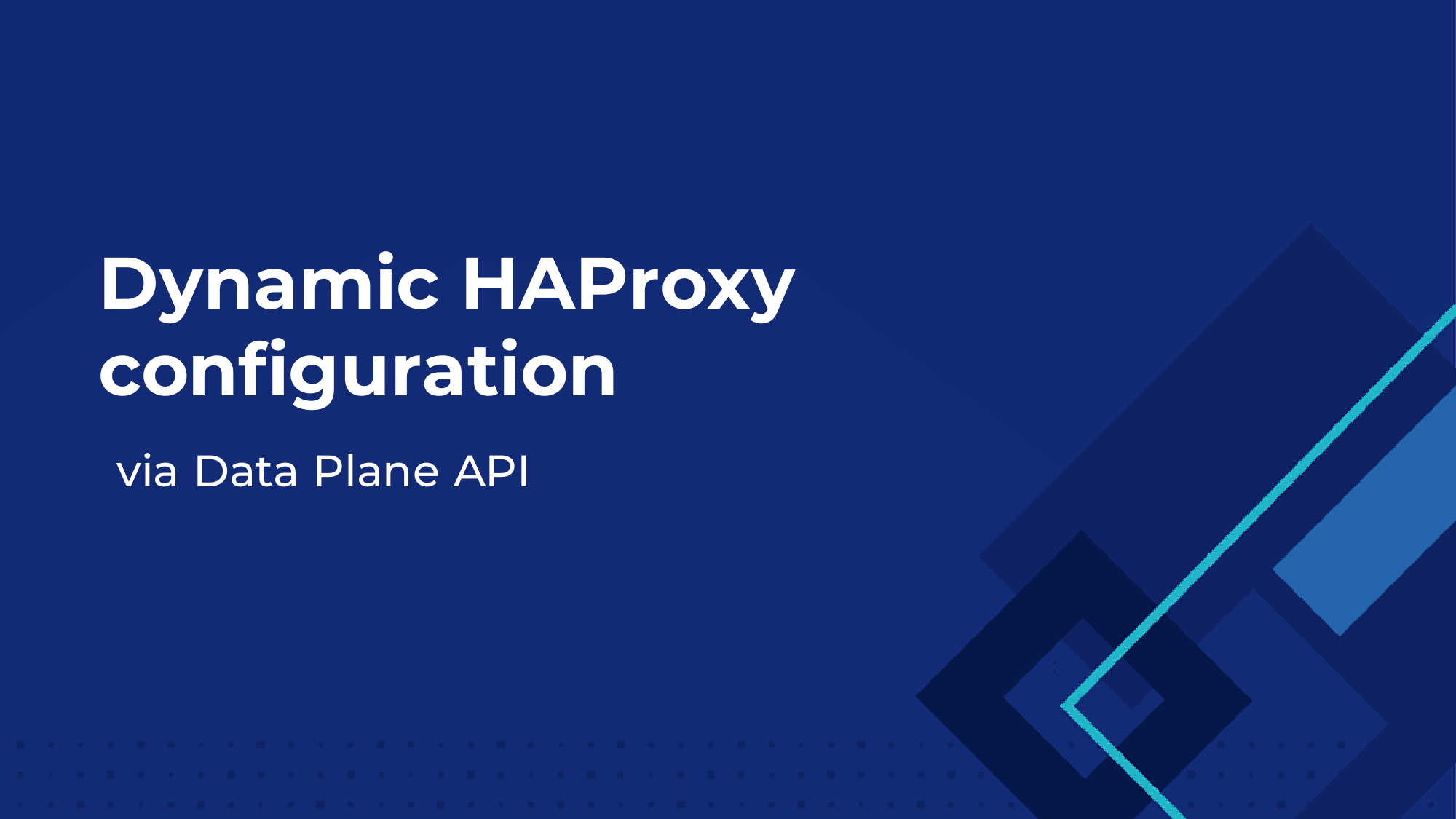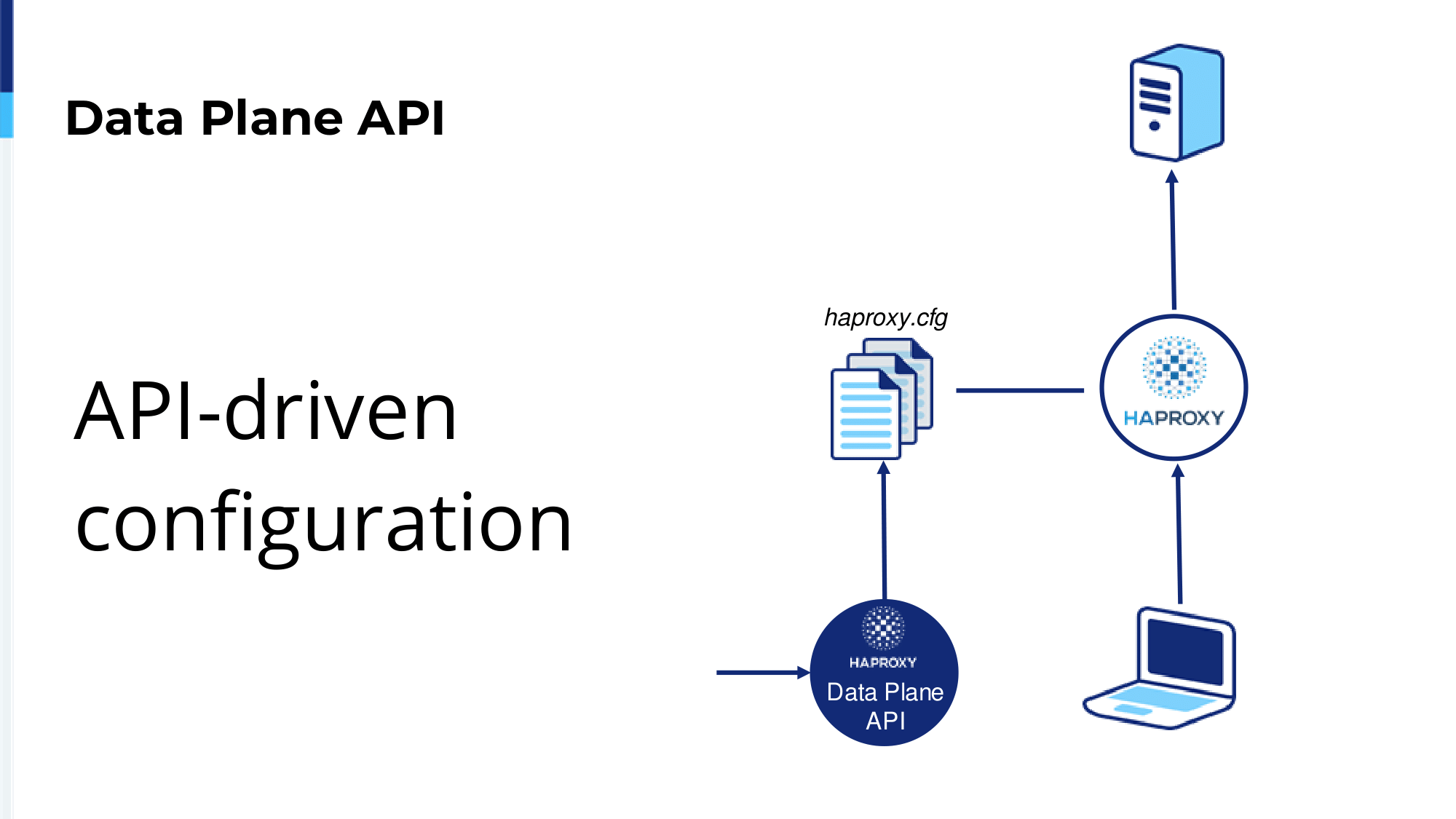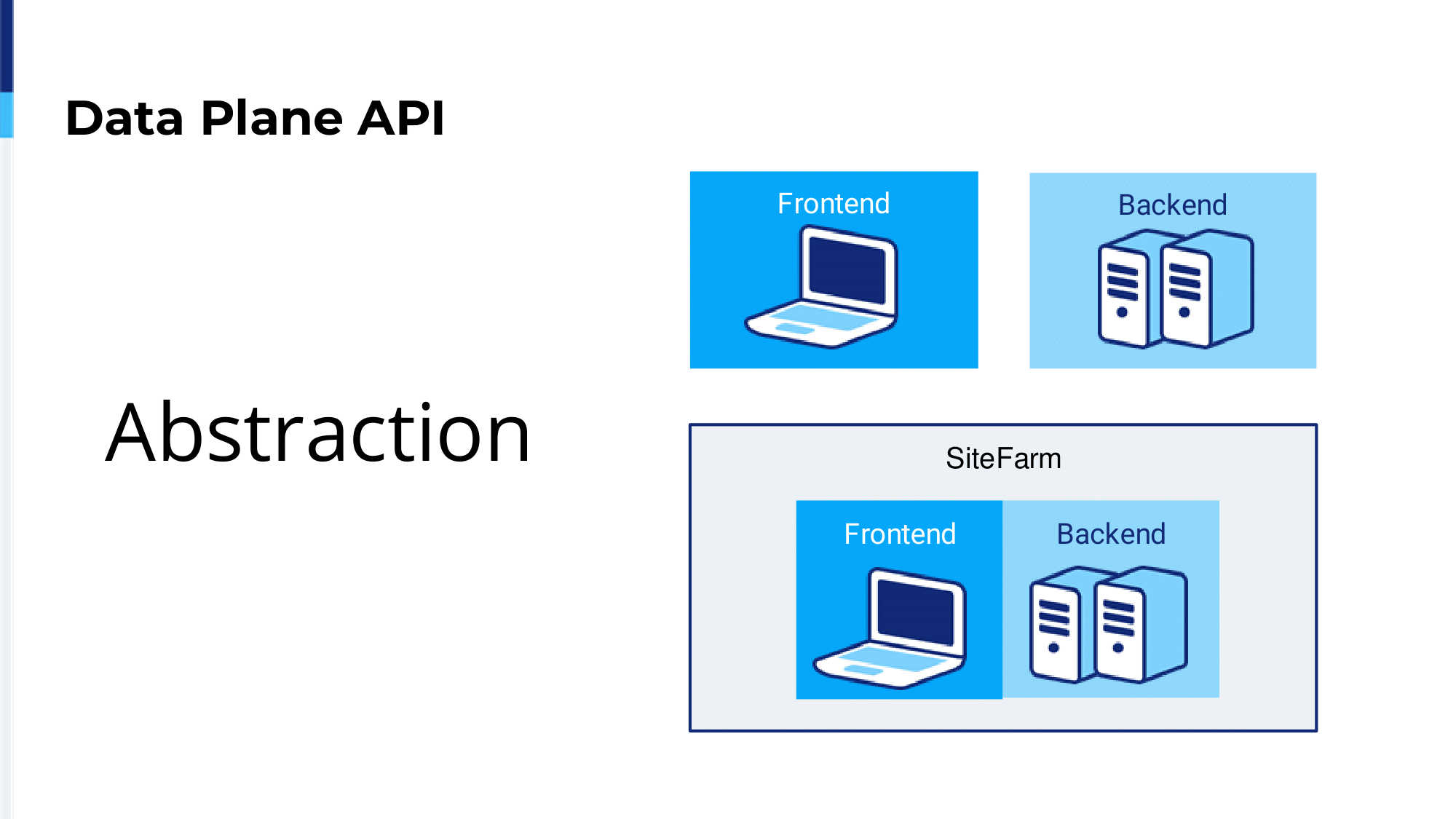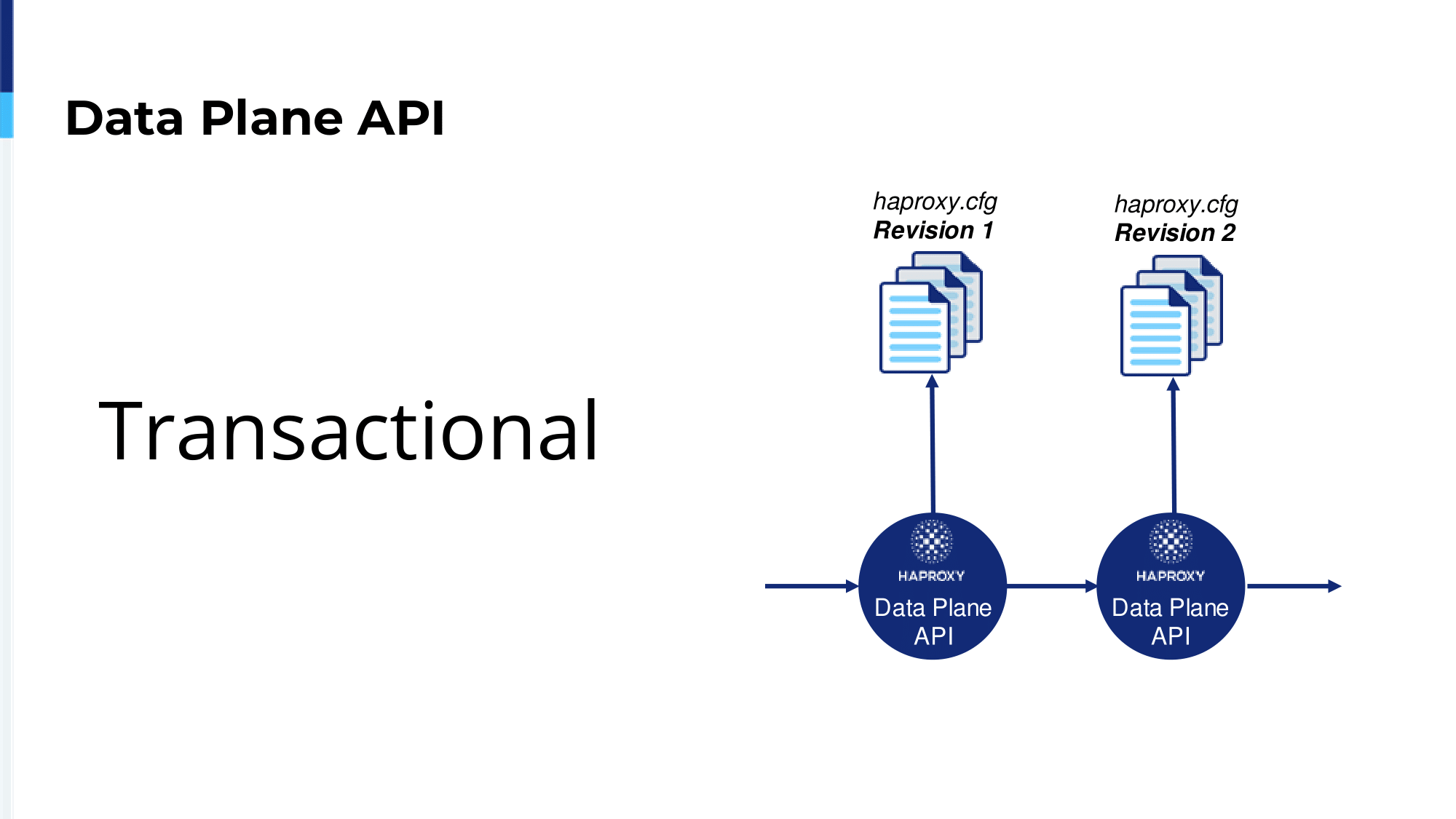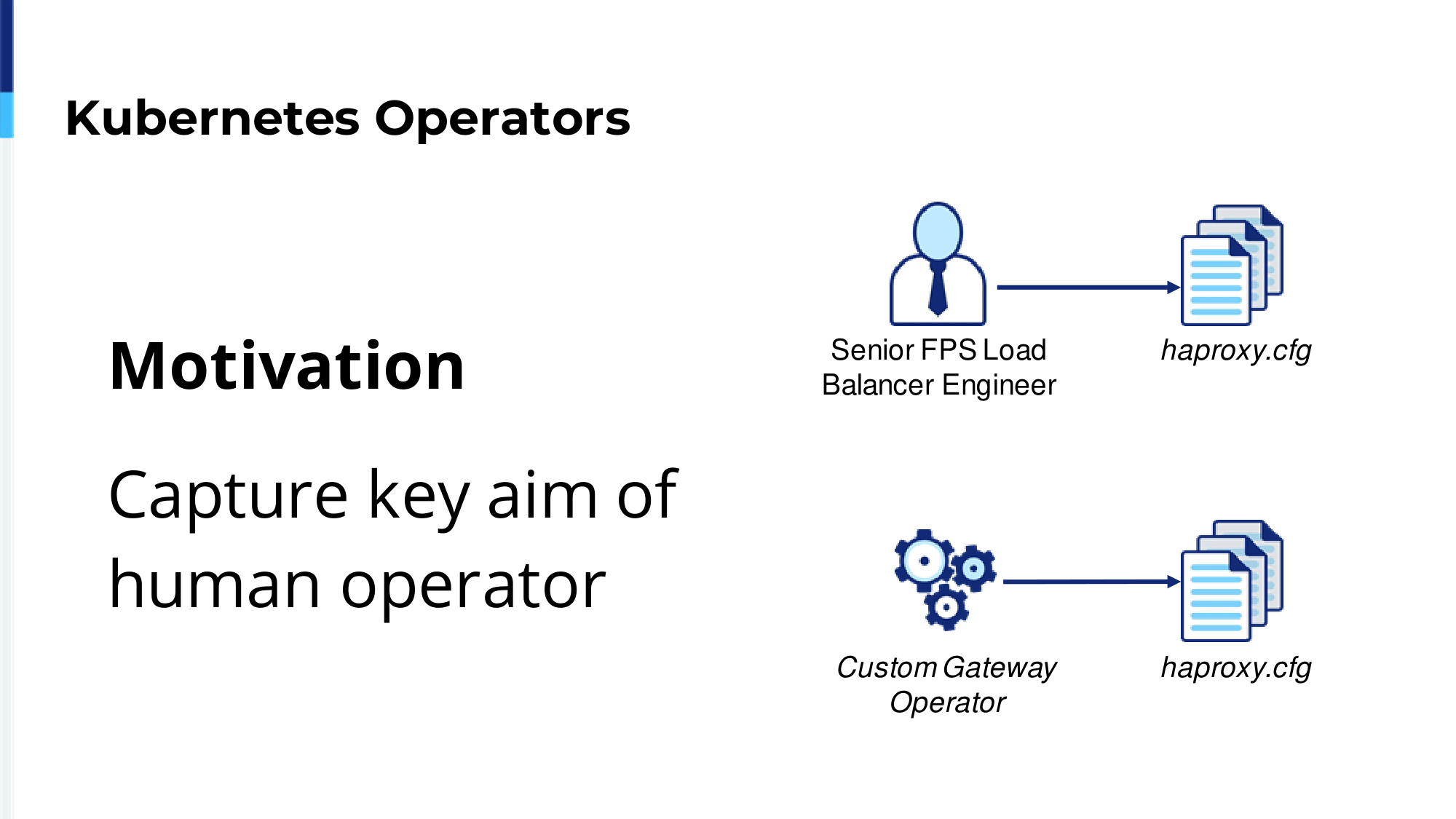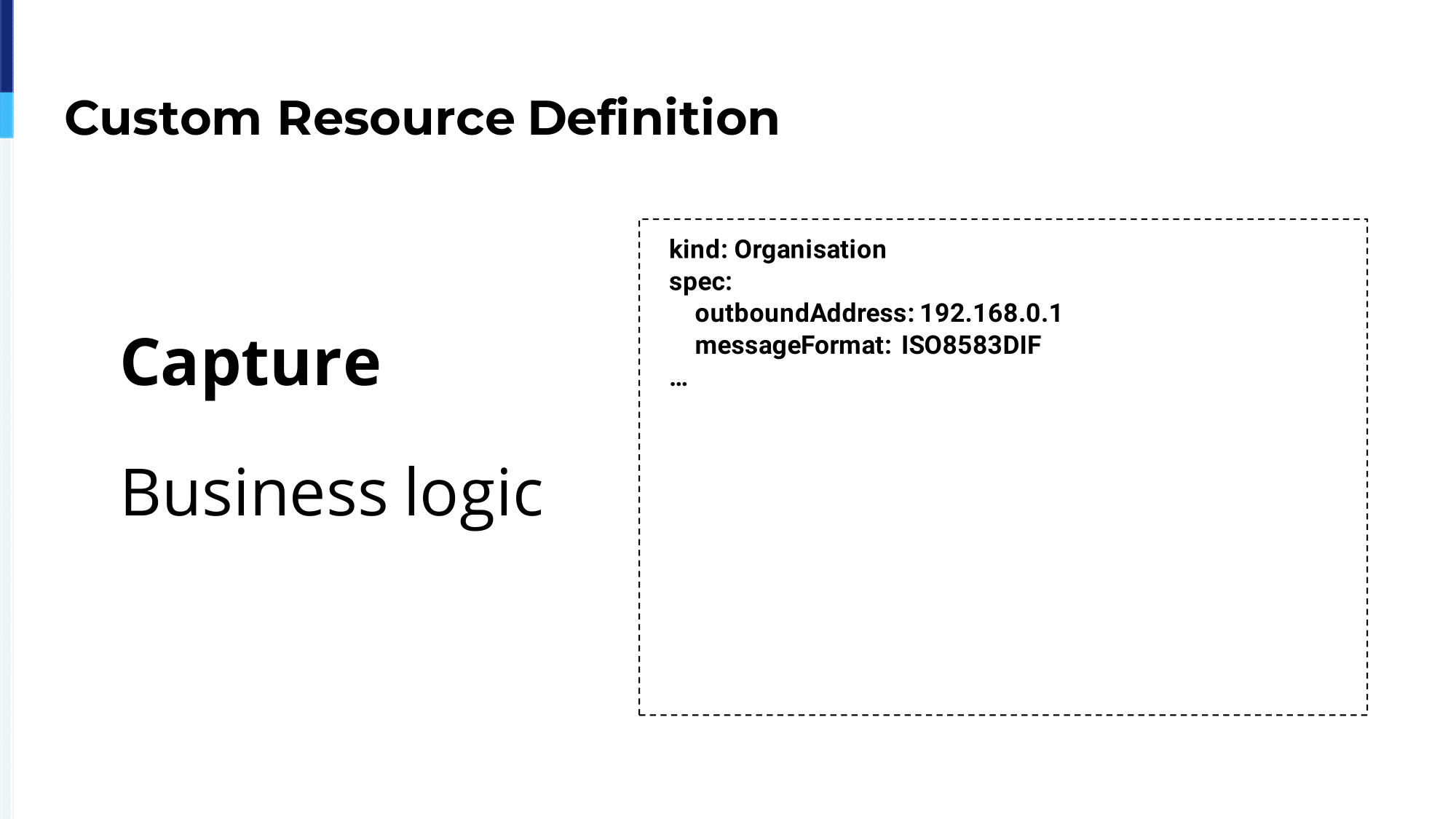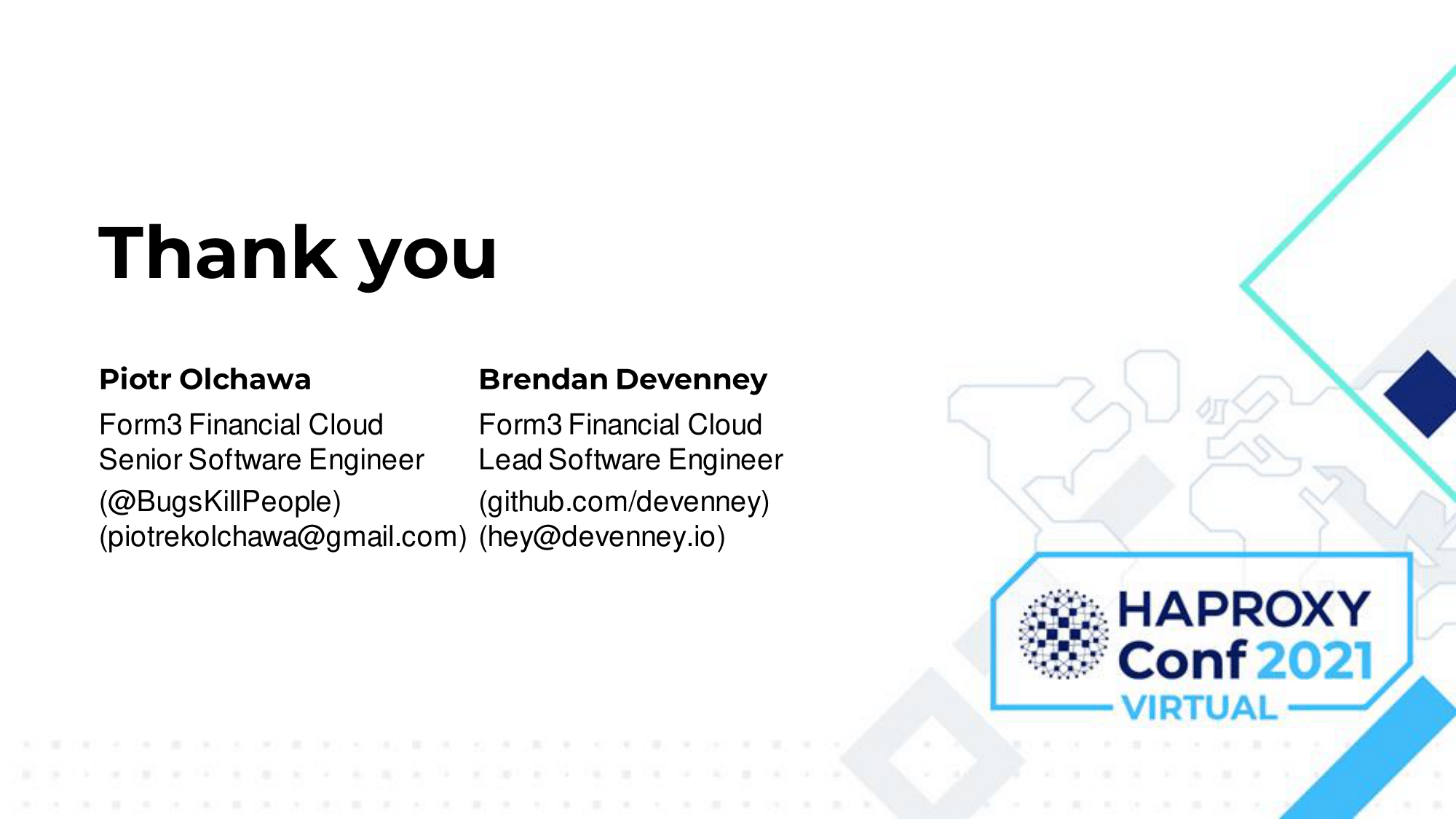Software engineers Brendan Devenney and Piotr Olchawa work at Form3, a FinTech company, on a mission to make payments faster, easier, and more cost-effective for the global financial community. They joined us at HAProxyConf 2021 and elaborated on how, as a payment-processing platform, Form3 Financial Cloud must integrate with a rapidly growing list of payment schemes across the world, and their latest initiative was to integrate with the Faster Payments infrastructure as a Gateway.
The Faster Payment scheme connects banks in the United Kingdom with the goal of reducing the settlement time for bank-to-bank payments. While other payment schemes aim to settle payments in hours or days, Faster Payments aims to settle payments in seconds. It has three main actors:
Participants are the banks that act on behalf of their customers. Participants connect to a Gateway in order to send and receive payments.
Gateways are the systems that connect participants to the Central Infrastructure. In some cases, participants are also gateways.
The Central Infrastructure is the core of the Faster Payment system, through which all payments flow.
If these actors suffer any downtime, it can immediately impact end-users. Brendan and Piotr described how they use HAProxy Enterprise to minimize downtime and secure their Faster Payments Gateway, using features such as TLS authentication, source IP validation, the HAProxy Data Plane API, and a redundant load balancer setup.
The Gateway application itself is deployed as a group of pods in Kubernetes, with HAProxy Enterprise routing traffic into the Kubernetes cluster. In 2021, Form3 processed hundreds of millions of payments using this technology stack.
The team at Form3 developed a Kubernetes Operator, which is a program that monitors the Kubernetes cluster for changes and updates the HAProxy Enterprise configuration accordingly via the HAProxy Data Plane API. They defined Custom Resource Definitions in Kubernetes to model organizations (i.e., banks), wherein each organization definition generates a set of rules in the load balancer configuration. This helped them to automate routine tasks and reduce configuration errors.
Brendan and Piotr’s full presentation is available to watch on our Youtube channel. Many of the concepts described relate closely to the idea of using HAProxy or HAProxy Enterprise as an API Gateway. If you want to use HAProxy as an API gateway, we recommend you read this blog post about it or download the e-book.
Slide Deck
Here you can view the slides used in this presentation if you’d like a quick overview of what was shown during the talk.



